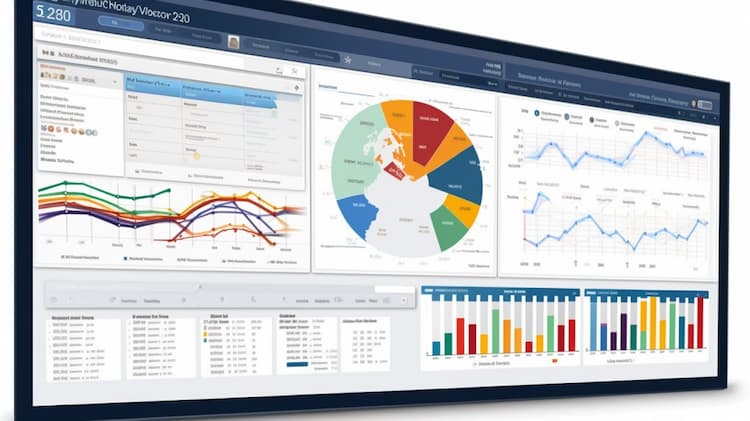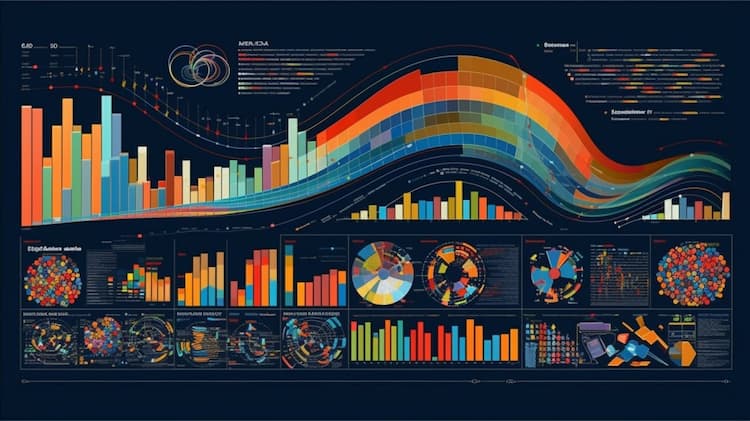
What are the best High Yield Bond ETFs?
In the realm of fixed-income investing, High Yield Bond ETFs offer an attractive investment option for those seeking potentially higher returns. This article explores the landscape of High Yield Bond ETFs, highlighting some of the best options available to investors looking to capitalize on this segment of the market.
High Yield Bond ETFs Explained
High Yield Bond ETFs, also known as junk bond ETFs, are investment funds that provide exposure to a diversified portfolio of high-yield, below-investment-grade bonds. These bonds are issued by companies with lower credit ratings, hence the term "junk bonds." High Yield Bond ETFs offer investors the opportunity to gain exposure to the high-yield bond market without directly investing in individual bonds. They can be an attractive option for those seeking higher yields in their fixed-income portfolio.
Comparing High Yield Bond ETFs: iShares iBoxx $ High Yield Corporate Bond ETF (HYG) vs. SPDR Bloomberg Barclays High Yield Bond ETF (JNK)
When it comes to High Yield Bond ETFs, two popular options are the iShares iBoxx $ High Yield Corporate Bond ETF (HYG) and the SPDR Bloomberg Barclays High Yield Bond ETF (JNK). Both ETFs aim to track the performance of the high-yield bond market, but there are some key differences to consider.
HYG is managed by BlackRock, one of the largest asset management companies in the world. It seeks to track the investment results of the Markit iBoxx USD Liquid High Yield Index. The ETF provides exposure to a broad range of U.S. dollar-denominated high-yield corporate bonds. HYG has a significant asset base and high liquidity, making it a popular choice for investors.
JNK, on the other hand, is managed by State Street Global Advisors. It seeks to track the performance of the Bloomberg Barclays High Yield Very Liquid Index. Similar to HYG, JNK provides exposure to U.S. dollar-denominated high-yield corporate bonds. It is another well-established and widely traded ETF in the high-yield bond space.
While both HYG and JNK have similar investment objectives, their underlying indexes, expense ratios, and performance may differ. It is important for investors to evaluate factors such as credit quality, duration, yield, and historical performance before making an investment decision.
 HYG overlap What are the best High Yield Bond ETFs?
HYG overlap What are the best High Yield Bond ETFs?
Why Consider High Yield Bond ETFs?
Investors may consider High Yield Bond ETFs for several reasons:
Higher Yield Potential: High Yield Bond ETFs generally offer higher yields compared to investment-grade bond ETFs. This can be attractive for income-seeking investors who are willing to take on higher credit risk in exchange for potentially higher returns.
Diversification: High Yield Bond ETFs provide investors with a diversified portfolio of high-yield bonds. By investing in an ETF, investors gain exposure to a broad range of issuers and sectors, reducing the risk associated with investing in individual bonds.
Liquidity: ETFs are traded on stock exchanges, providing investors with the ability to buy or sell shares throughout the trading day at market prices. This liquidity makes it easier for investors to enter or exit positions compared to investing in individual bonds.
Cost-Effectiveness: High Yield Bond ETFs generally have lower expense ratios compared to actively managed mutual funds. This cost advantage can enhance returns over the long term.
Considerations for Investing in High Yield Bond ETFs
While High Yield Bond ETFs can offer attractive yields and diversification, it's important to consider the following:
Credit Risk: High Yield Bond ETFs invest in bonds with lower credit ratings, which carry a higher risk of default compared to investment-grade bonds. Investors should carefully evaluate the credit quality of the underlying holdings and consider their risk tolerance before investing.
Interest Rate Risk: Like all fixed-income investments, High Yield Bond ETFs are sensitive to changes in interest rates. When interest rates rise, bond prices tend to decline. Investors should be aware of the potential impact of interest rate movements on their investment.
Market Conditions: The performance of High Yield Bond ETFs can be influenced by overall market conditions and economic factors. It's important for investors to stay informed about market trends and assess the potential impact on their investment.
Diversification: While High Yield Bond ETFs provide diversification, it's still essential to maintain a well-diversified portfolio across different asset classes to manage risk effectively.
In conclusion, High Yield Bond ETFs can be an attractive option for investors seeking higher yields in their fixed-income portfolio. ETFs like HYG and JNK offer exposure to the high-yield bond market, but investors should carefully evaluate factors such as credit quality, performance, and expenses before making investment decisions.
Disclaimer: This article is for informational purposes only and is not providing any investment advisory services.
Sources:
HYG ETF issuer
HYG ETF official page
FAQ
What are High Yield Bond ETFs?
High Yield Bond ETFs are exchange-traded funds that invest in a portfolio of corporate bonds with lower credit ratings. These bonds typically offer higher yields to compensate for the increased risk associated with the lower credit quality.
What factors should I consider when evaluating High Yield Bond ETFs?
When evaluating High Yield Bond ETFs, it's important to consider factors such as the expense ratio, yield-to-maturity, credit quality of the underlying bonds, duration, liquidity, and the fund's investment strategy.
Can you provide examples of High Yield Bond ETFs?
Some examples of High Yield Bond ETFs include iShares iBoxx $ High Yield Corporate Bond ETF (HYG), SPDR Bloomberg Barclays High Yield Bond ETF (JNK), Invesco Senior Loan ETF (BKLN), and VanEck Vectors Fallen Angel High Yield Bond ETF (ANGL).
What are the advantages of investing in High Yield Bond ETFs?
Investing in High Yield Bond ETFs can offer the potential for higher yields compared to investment-grade bonds, diversification across a portfolio of bonds, liquidity through trading on stock exchanges, and the convenience of investing in a single security.
What are the risks associated with High Yield Bond ETFs?
High Yield Bond ETFs carry risks such as credit risk, interest rate risk, default risk, liquidity risk, and market risk. The lower credit quality of the underlying bonds increases the risk of default, and changes in interest rates can affect bond prices.



















